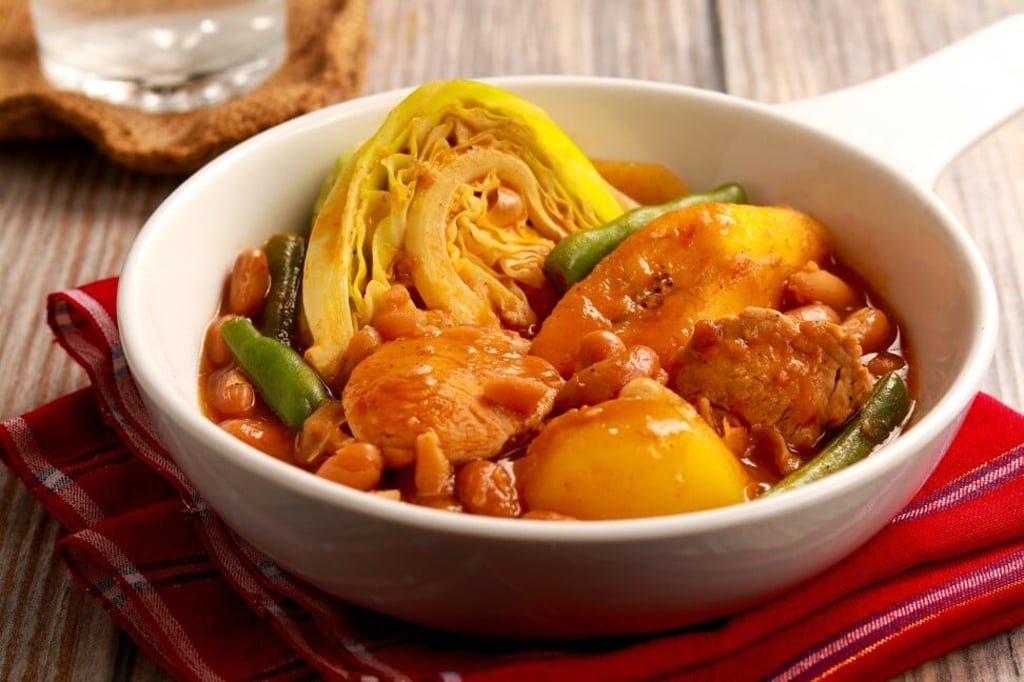Tamales, adobo, leche flan – Spanish, Mexican dishes Filipinos took as their own, along with New World fruits such as tomato, avocado, and papaya
- The Spanish brought unknown vegetables such as potatoes and tomatoes, and taught Filipinos how to bake bread in an oven and the secret to thickening sauces
- Also from the New World came guava, pineapple and papaya, as well as avocado, corn, and spices, all of which Filipinos added to the local diet

From a breakfast treat wrapped in banana leaves to marinated beef and sweet breads, a range of mouth-watering delicacies in the Philippines can trace their origins to Spain and beyond.
With distinctive Spanish flavours, and indirect influences from the Americas, the dishes are the legacy of the colonial era from 1565 to 1898, when the archipelago was ruled by the former European power.
Felice Prudente Sta. Maria, a veteran food historian in the Philippines, is a cultural heritage advocate and author of a number of books on her country’s varied culinary traditions. She has unearthed historical recipes and shed light on the ability of locals to “Filipinise” foreign foods, giving them a unique, indigenous signature.
“Philippine cuisine acquired Hispanic empire influences: [vegetables introduced from Europe and colonies of the New World, kitchen tools and technology, as well as ways of cooking and savouring,” Sta. Maria says. “Over time, Filipinos selected what they felt fit [best] into their sense of savour using [vegetables] and other ingredients that acclimatised well and offered seasonal or all-year availability.”

The Spanish brought unknown vegetables they had discovered in the Americas, mainly potato and tomato varieties. All were quickly localised and became part of the diet.
Tomatoes, in particular, triggered a culinary revolution. The fruit was added to traditional sour broths such as sinigang, made with fish, shrimp or pork.
